A Century of Don Yoder: Father of American Folklife
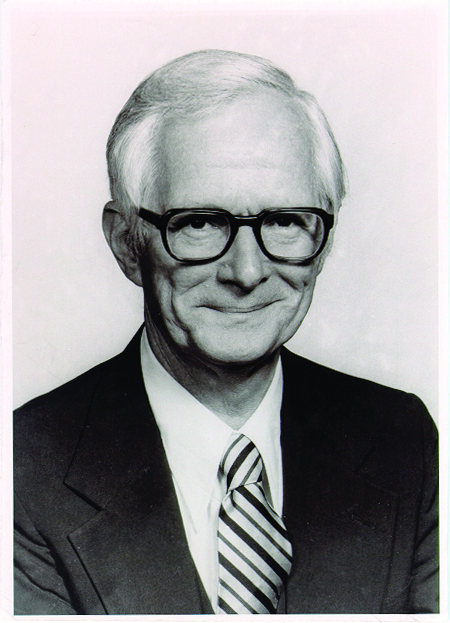
Dr. Don Yoder, Father of the American Folklife Studies movement, was born on August 27, 1921. One hundred years later, we celebrate his contributions to the study and preservation of the Pennsylvania Dutch folk culture, remembering his cofounding of the Kutztown Folk Festival with Alfred L. Shoemaker and J. William Frey in 1950, and his legacy of scholarship, inspiring generations of research in folklife, linguistics, foodways, genealogy, and Pennsylvania German studies.
This memorial website, spanning the many institutions and organizations that are beneficiaries of Don Yoder's legacy, brings together online resources available to the public, reflecting over seven decades of folklife. With the aim of providing easier access to a range of sources on Don Yoder's life and work, this website will continue to be updated as more resources become available in the future.
The Pennsylvania German Cultural Heritage Center at Kutztown University is home to the Folklife Collection of Don Yoder, portions of which will be digitized and made available following the completion of the Center's new Headquarters in 2021-22. To learn more about this exciting project, visit: https://www.kuf.org/heritage-center/landing
Biography
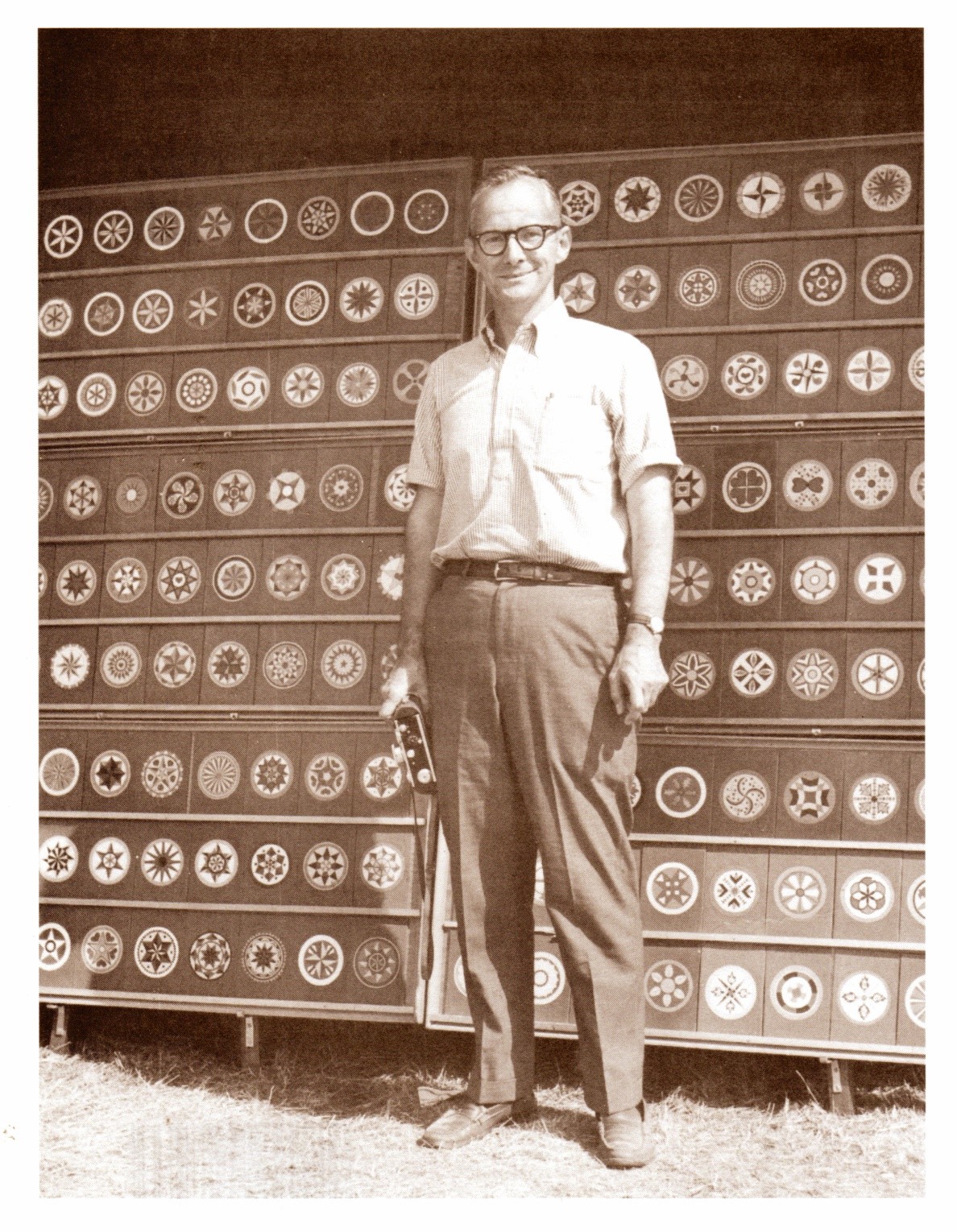
Don Yoder (1921-2015): Father of American Folklife.
A Memorial Tribute to Dr. Don Yoder, originally published in the Reading Eagle August 14, 2015, and included in his posthumous work The German Bible in America (2016). Dr. Yoder passed away on Tuesday, August 11th, bringing to a close a career of over 70 years dedicated to the preservation and revitalization of folk culture in Pennsylvania and beyond. Although his legacy is most decidedly felt among the Pennsylvania Dutch of his native State, his influence has extended across the nation and into Europe, where he inspired the lives and work of countless individuals.
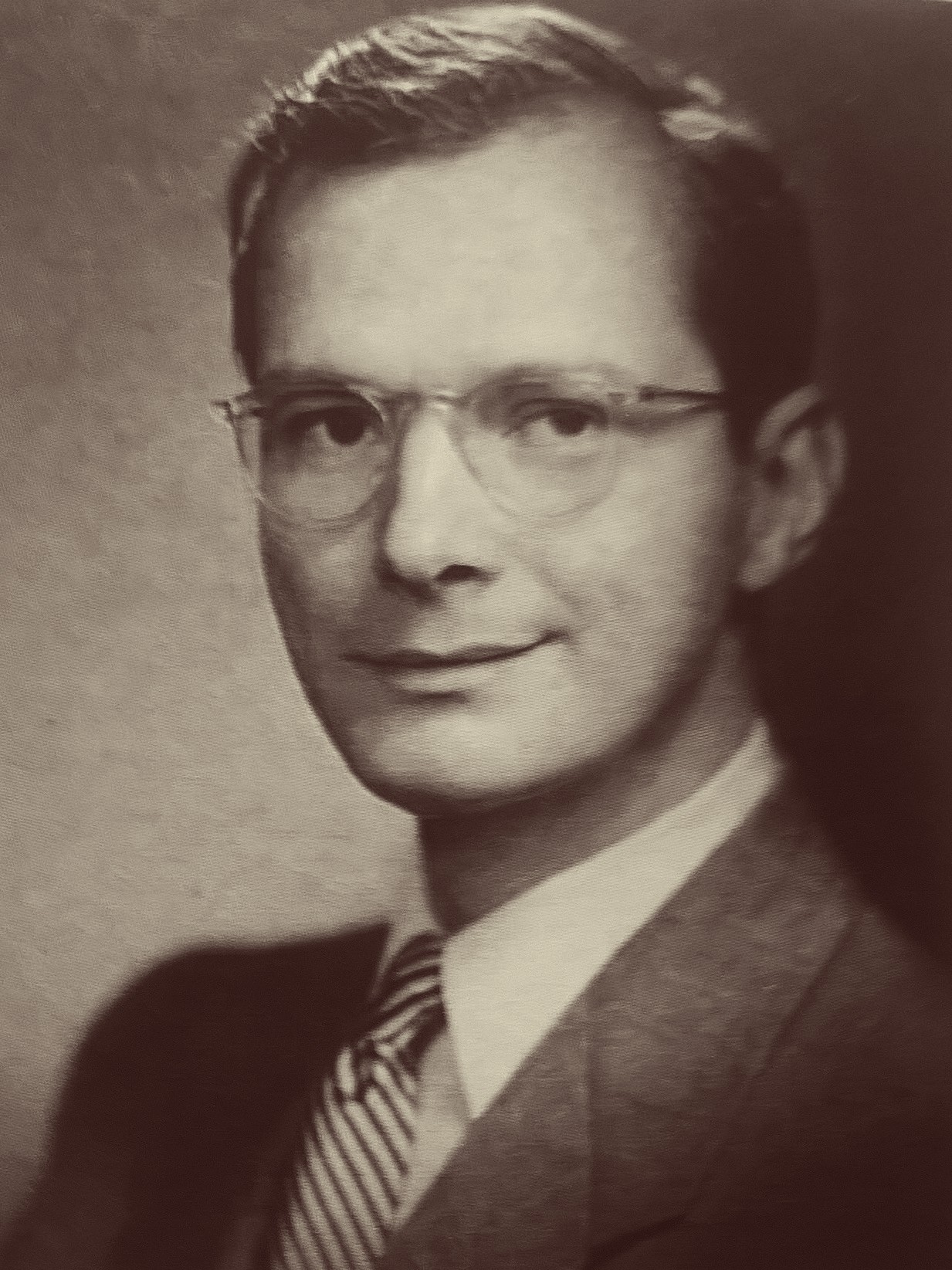
“Meet Don Yoder: Dean of Folklife Scholars” by Kyle Weaver
A biography and interview with Don Yoder, an “incurable Pennsylvanian.”
Included in the spring 2006 issue of Pennsylvania Heritage, quarterly publication of the Pennsylvania Historical & Museum Commission (PHMC), the official history agency of the Commonwealth of Pennsylvania, and the Pennsylvania Heritage Foundation, PHMC’s nonprofit partner.
http://paheritage.wpengine.com/article/meet-don-yoder-dean-folklife-scholars/
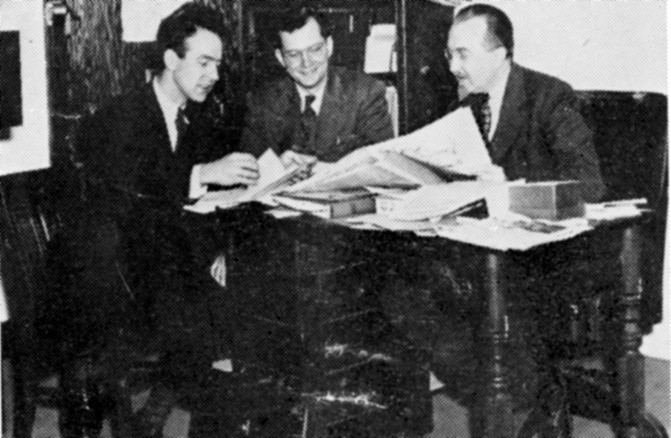
“Alfred L. Shoemaker, J. William Frey, and Don Yoder” by Dr. Mark L. Louden
A biography of the three co-founders of the Pennsylvania Dutch Folklore Center at Franklin and Marshall College and the Kutztown Folk Festival. Louden traces the origins of their collaborations in the study and celebration of Pennsylvania Dutch folklife, their publications The Pennsylvania Dutchman and Pennsylvania Folklife, and their lasting impact in the broader scholarship of Pennsylvania German Studies.
http://padutch.net/alfred-l-shoemaker-j-william-frey-and-don-yoder/
Pennsylvania Folklife Society Journals
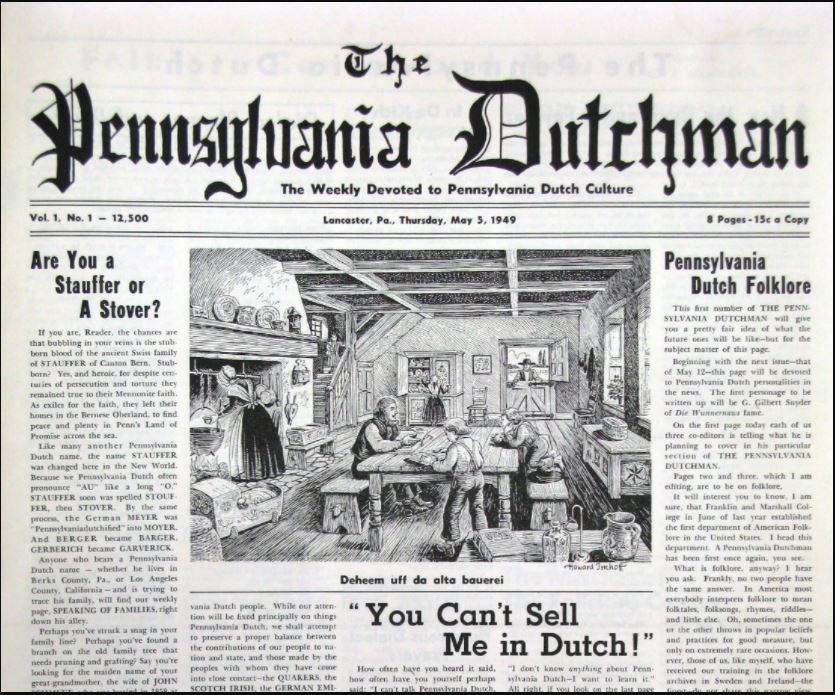
Pennsylvania Dutchman (Periodical) Collection, Fackenthal Library, Franklin and Marshall College, Lancaster, PA.
Published by the Pennsylvania Dutch Folklore Center in Lancaster, PA, and edited by J. William Frey, Alfred Shoemaker, and Don Yoder, the periodical was titled the Pennsylvania Dutchman (Vol. 1-5) 1949-1954, The Dutchman (Vol. 6-7) 1955-1956, and the Pennsylvania Dutchman (Vol. 8) 1956-1957.
The publication continued with the title Pennsylvania Folklife (Vol. 9-46) 1958-1997, published by the Pennsylvania Folklife Society, Collegeville, PA.
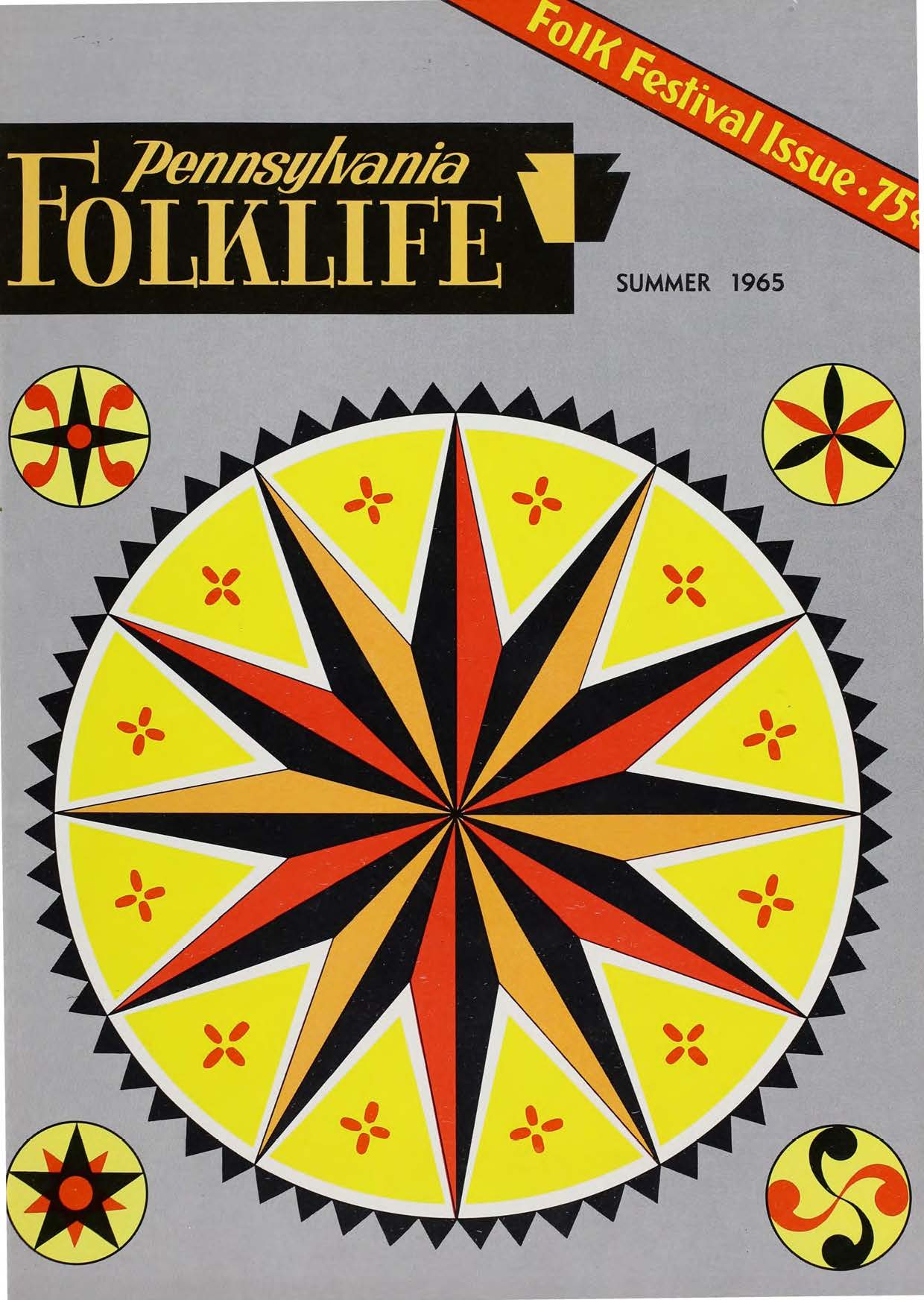
Pennsylvania Folklife Magazine, Ursinus College Digital Commons
Pennsylvania Folklife Magazine was published by the Pennsylvania Folklife Society from 1958-1997, an extension and transformation of the Pennsylvania Dutchman weekly newspaper publication begun in 1949. Dr. Don Yoder co-edited the journal with Dr. Alfred Shoemaker since its original launch in 1958, and continued as editor from 1962-1978, when the role of editor was passed to Dr. William T. Parsons of Ursinus College.
Folklife Articles
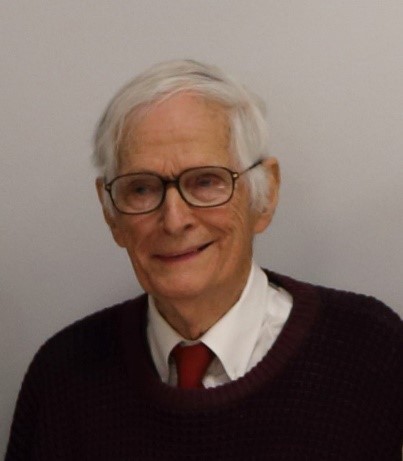
“‘Pennsylvania Dutch’… Or ‘Pennsylvania German’?” by Don Yoder
This article originally appeared in The Pennsylvania Dutchman on May 1, 1950, by Dr. Don Yoder, Professor Emeritus of Folklife Studies at the University of Pennsylvania.
“Two hostile camps have raised opposing banners throughout the fair Pennsylvania Dutch country. The question that divides them is even more grave than the controversy over the relative merits of ‘Sauerkraut’ versus ‘Potpie.’ Relations have become so strained that one had best petition for diplomatic immunity if he plans in the near future to visit the enemy's country.”
http://padutch.net/pennsylvania-dutch-or-pennsylvania-german/
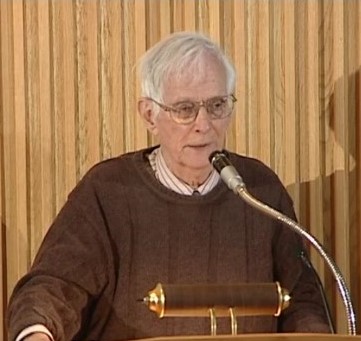
“Don Yoder (1921-2015): The Man Who Put the ‘Life’ in ‘Folklife’” by Stephen Winick
Essay by Stephen Winick, with a video lecture of Don Yoder’s The Two Worlds of the Pennsylvania Dutch at the American Folklife Center at the Library of Congress in 2011, as part of the Botkin Lecture Series.
https://blogs.loc.gov/folklife/2015/08/don-yoder-1921-2015-the-man-who-put-the-life-in-folklife/
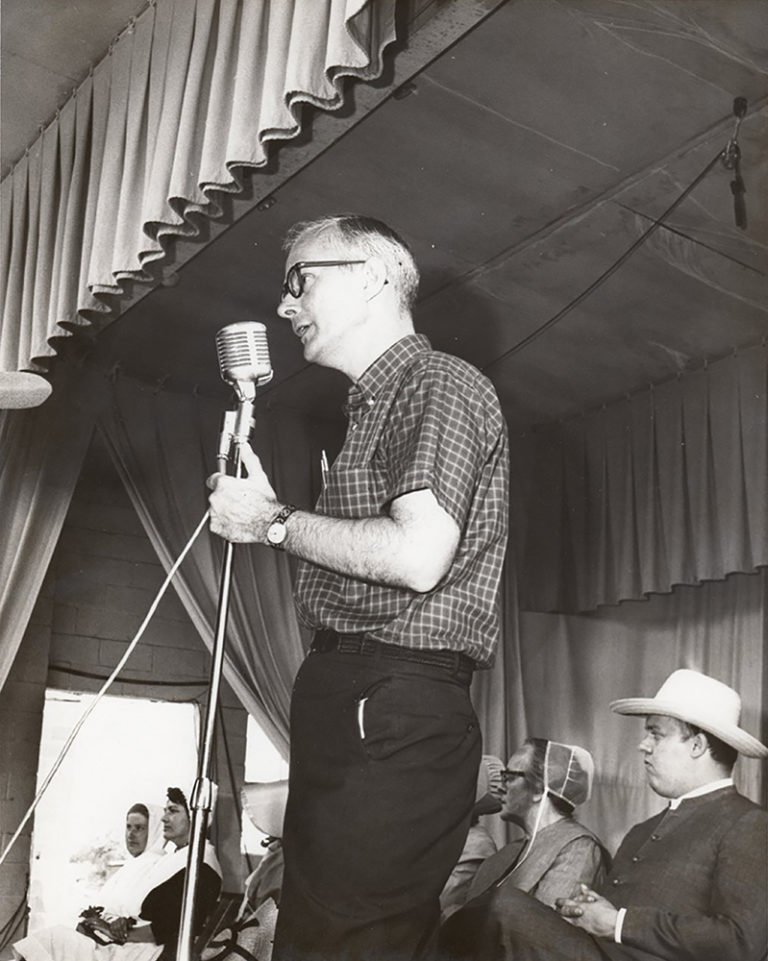
“Kutztown Folk Festival: America’s Oldest Folklife Celebration” by Patrick J. Donmoyer
The Kutztown Folk Festival, originally called the Pennsylvania Dutch Folk Festival, is a milestone among American community celebrations. Observing 70 years in 2019, it is the first and longest-running folklife festival in the history of the United States. Although many other popular celebrations preceded the Kutztown festival, it has had a national impact as the first festival founded and designed on the folklife concept and eventually served as a model for the national Smithsonian Folklife Festival.
Exhibitions
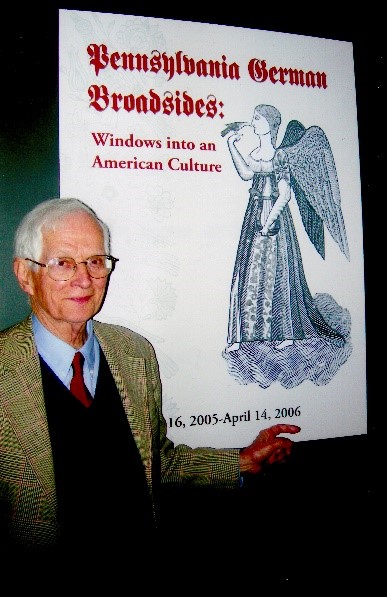
Pennsylvania German Broadsides: Windows into an American Culture
A rich exploration of the printed ephemera of the Pennsylvania Dutch, this 2005 exhibition at the Library Company of Philadelphia, features highlights from the Roughwood Collection of Dr. Don Yoder and William Woys Weaver. This collection also served as the basis for Don Yoder’s The Pennsylvania German Broadside (Penn State University Press, 2005), examining the history and legacy of these printed sheets within the Pennsylvania German community. More than a catalogue of the exhibition, this book explores the history and cultural significance of the broadside, illuminating the ways in which it both reflected and influenced Pennsylvania German life.
Recent Publications
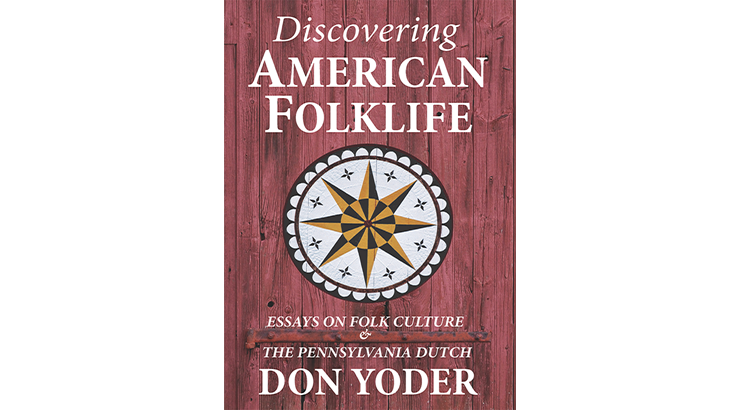
Discovering American Folklife, Essays on Folk Culture & the Pennsylvania Dutch
This 25th Anniversary Edition of Discovering American Folklife is a collection of essays spanning over seventy years of the work of Dr. Don Yoder, Pennsylvania’s leading advocate for folklife research. Discovering American Folklife is an essential textbook in regional ethnographic studies world-wide, and remains, after twenty-five years, the quintessential text in the study of Pennsylvania’s unique folk culture, including essays on folk religion, folk medicine, sectarian costume, traditional cookery, hymnody, and Saints’ Legends. Dr. Don Yoder’s work is at once both classic and refreshing, presenting a view of the subject that is as broad-reaching in scope and as diverse in content as the very fabric of Pennsylvania’s ethnic identity. (359pp. color illus. index. PA German Cultural Heritage Ctr., 2015.)
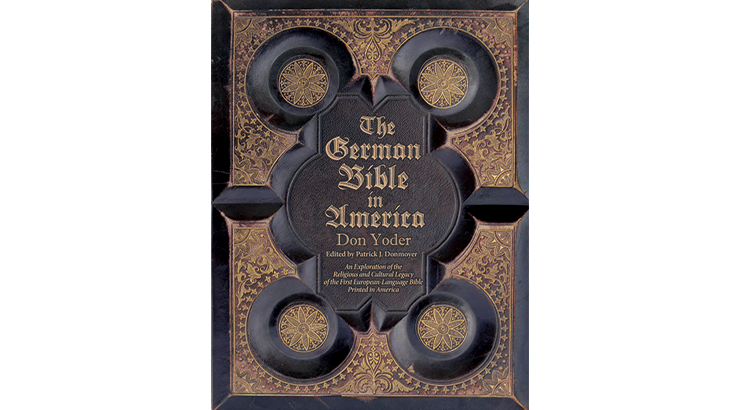
The German Bible in America, by Don Yoder (2016)
From the earliest origins of printing with movable type in the Rhineland and the subsequent translation of the Luther Bible, to the mass exodus of German-speaking emigrants to the New World, The German Bible in America traces the vital role that the German scriptures played in the expansion and development of the western world. With special emphasis on each phase of German Bible printing in the United States, from the colonial era to the present day, as well as the European precedents, Dr. Yoder’s work demonstrates why Pennsylvania led the North American continent in the printing of Bibles in the 18th century. Copious images of original Bible illustrations, inscriptions, bookplates, and bindings provide a rare glimpse of the most cherished possession among the Pennsylvania Dutch—the family Bible. (200pp. color illus. index. hardcover. PA German Cultural Heritage Center, 2016).
https://www.masthof.com/products/the-german-bible-in-america-hard-cover
Video Lectures
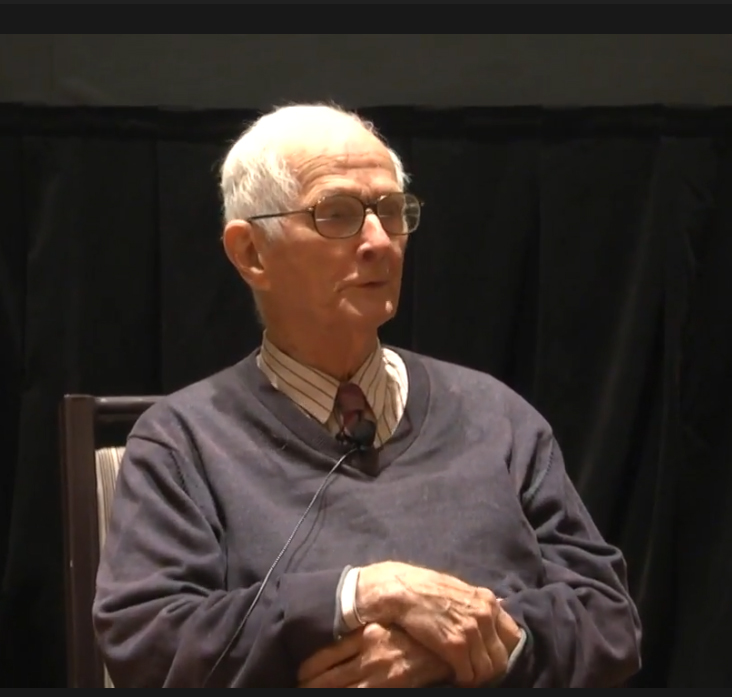
Conversation with Don Yoder, University of Pennsylvania, emeritus
An interview with Don Yoder, and Margaret Kruesi of the American Folklife Center, Library of Congress, and Leonard Normal Primiano of Cabrini College, at the 2013 American Folklore Society Annual Meeting, Providence, Rhode Island.
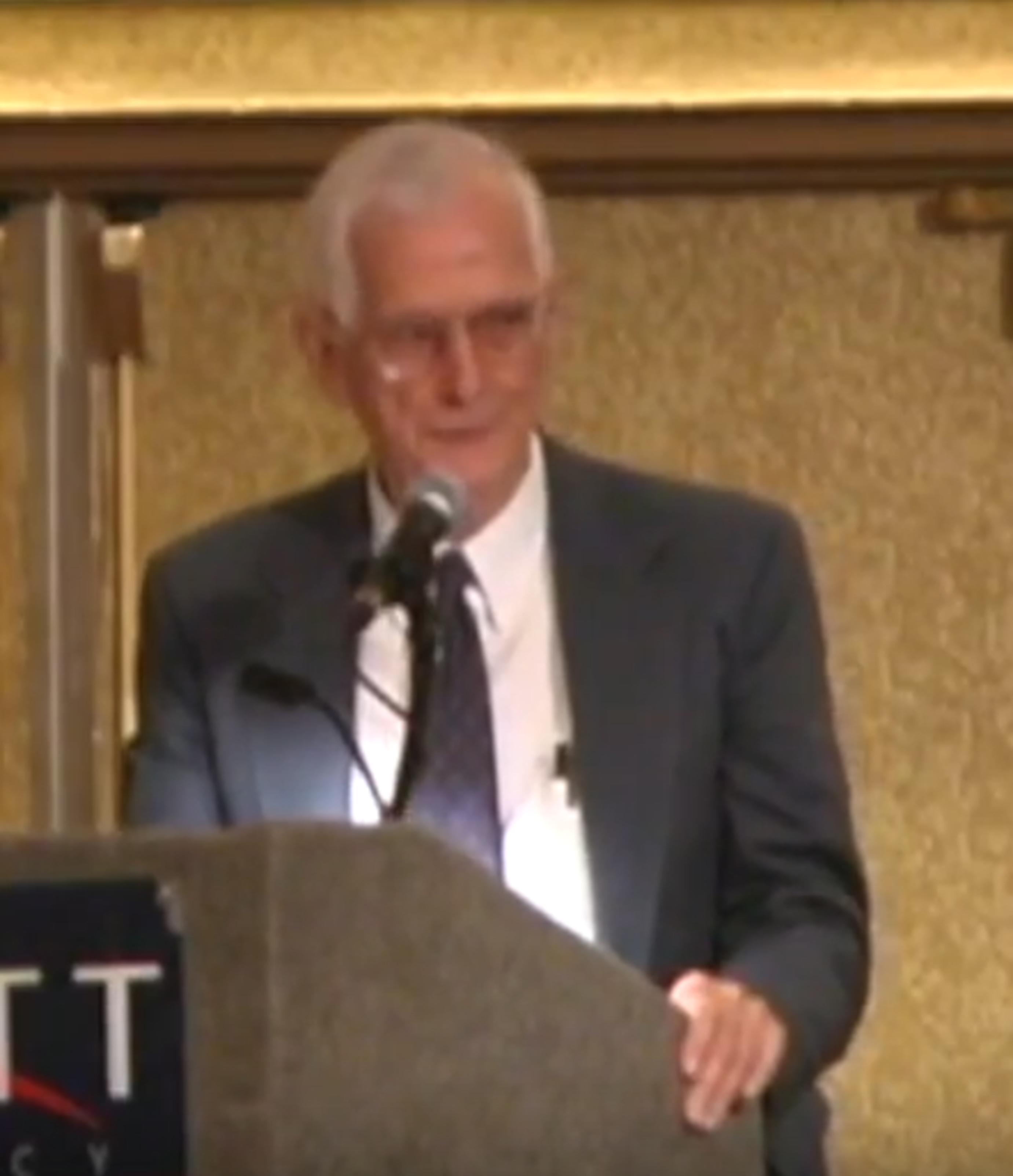
Folk Religion and the Pennsylvania German Broadside
A presentation by Don Yoder, University of Pennsylvania, on the printed broadsides and ephemera of the Pennsylvania Germans, at the 2006 American Folklore Society Annual Meeting, Milwaukee, Wisconsin.
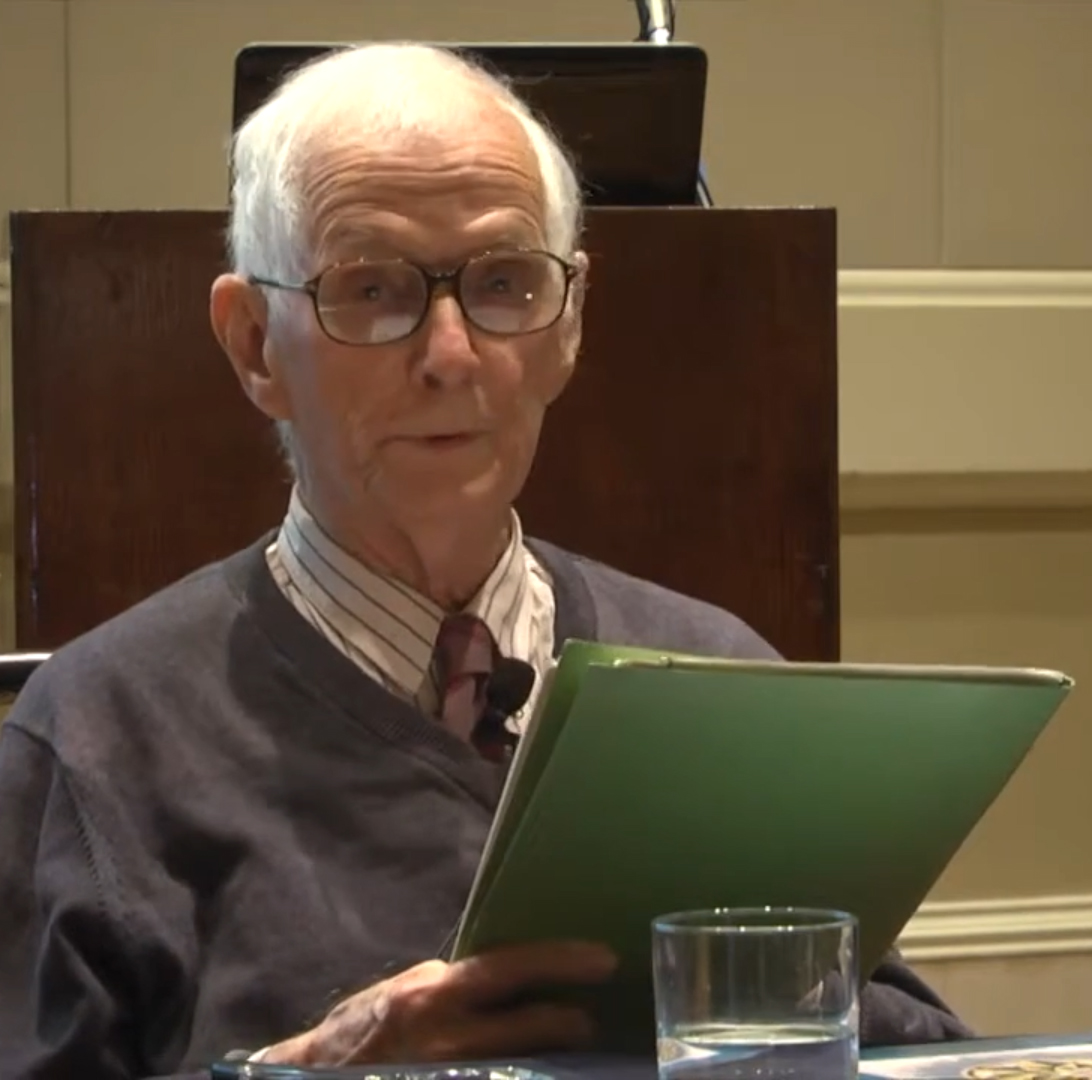
Religion and Folk Art: Reflections on Key Concepts in Folklife Studies
A Presentation by Don Yoder, University of Pennsylvania emeritus, at the 2013 American Folklore Society Annual Meeting, Providence, Rhode Island.






